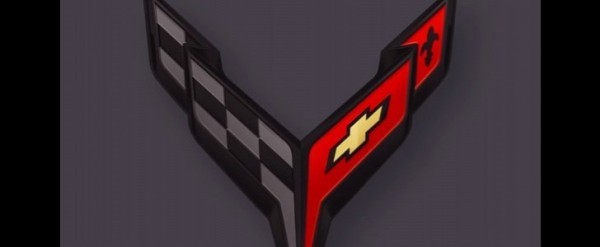
He joined GM in 1953 as an assistant staff engineer, and he’s credited for bringing fuel injection to the Corvette. Following his retirement in 1975, Arkus-Duntov took part in Corvette-related activities such as the celebration of the one-millionth example of the breed in 1992.
83 days are left until July 18th, the day the C8 will be revealed to the public. In anticipation of the newcomer, Chevrolet announced the addition of 400 jobs to Bowling Green, Kentucky to support C8 production.
Changing from front- to mid-engine requires different tooling and different assembly procedures, but Chevrolet appears to be on track with the 2020 Corvette. If you were wondering what’s going to happen to the C7, the answer to that is R.I.P. The final model will be a black-painted Corvette Z06, which Barrett-Jackson will auction in Connecticut in June.
You can thank Zora for the mid-engine layout of the C8, an idea that Chevrolet refused time and again to implement. But following the Corvette ZR1, it was expected from the C8 to go midship. This configuration translates to superior weight distribution, which helps a lot if you’re the kind of person who likes to carve corners.
The LT2 small-block V8 will have to suffice at first, packing an estimated 500 horsepower. Coupled to an eight-speed DCT, this combination should help the C8 accelerate as quickly as possible. A twin-turbo V8 derived from the Blackwing will follow, and chances are that Chevrolet won’t stop there.
Even though it’s impossible to verify these reports because Chevrolet isn't commenting on the subject, the Corvette could be hybridized at some point in the future. An electrified front axle is expected to take the C8 to 1,000 horsepower, which is insane by modern standards. The Acura NSX, for example, combines three electric motors with a 3.5-liter twin-turbo V6 for a total of 573 horsepower (581 PS) and 645 Nm (476 pound-feet).








